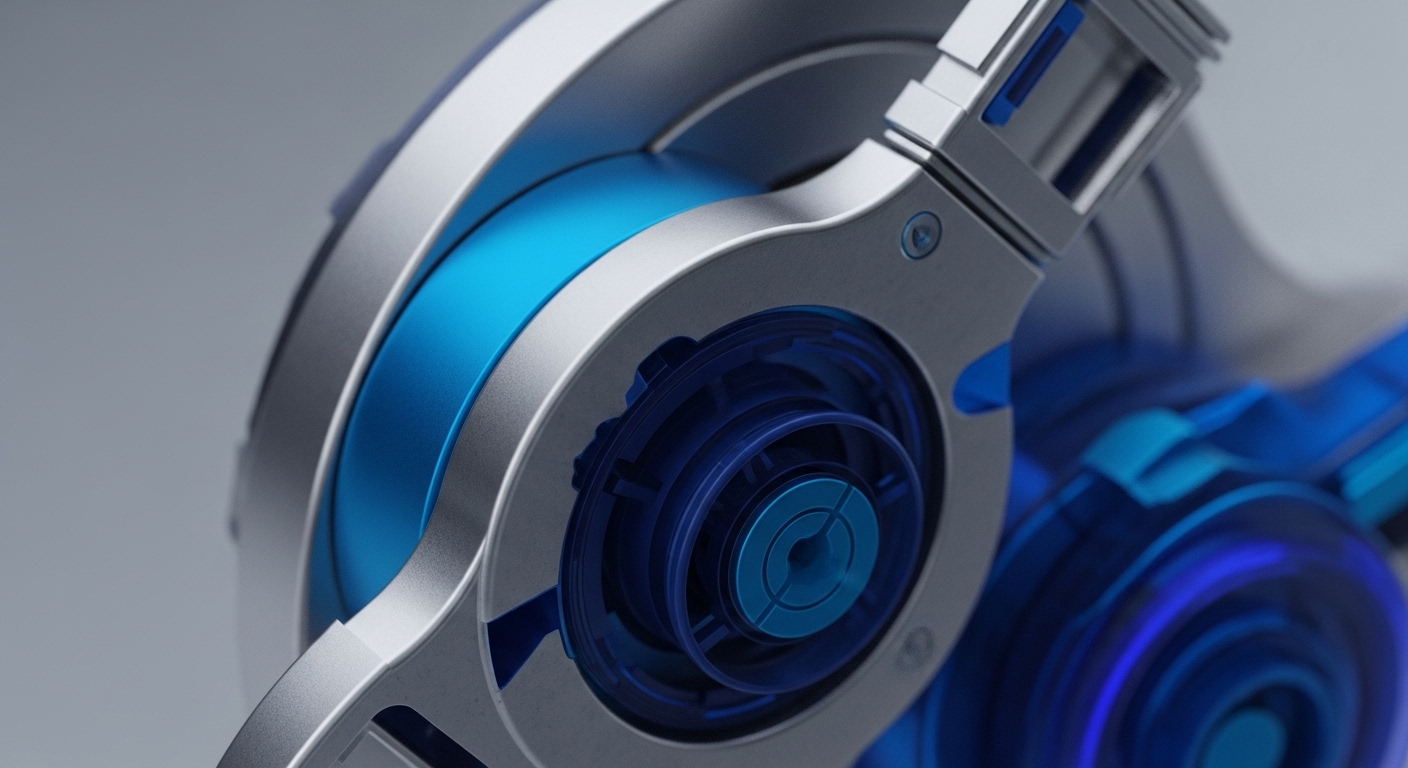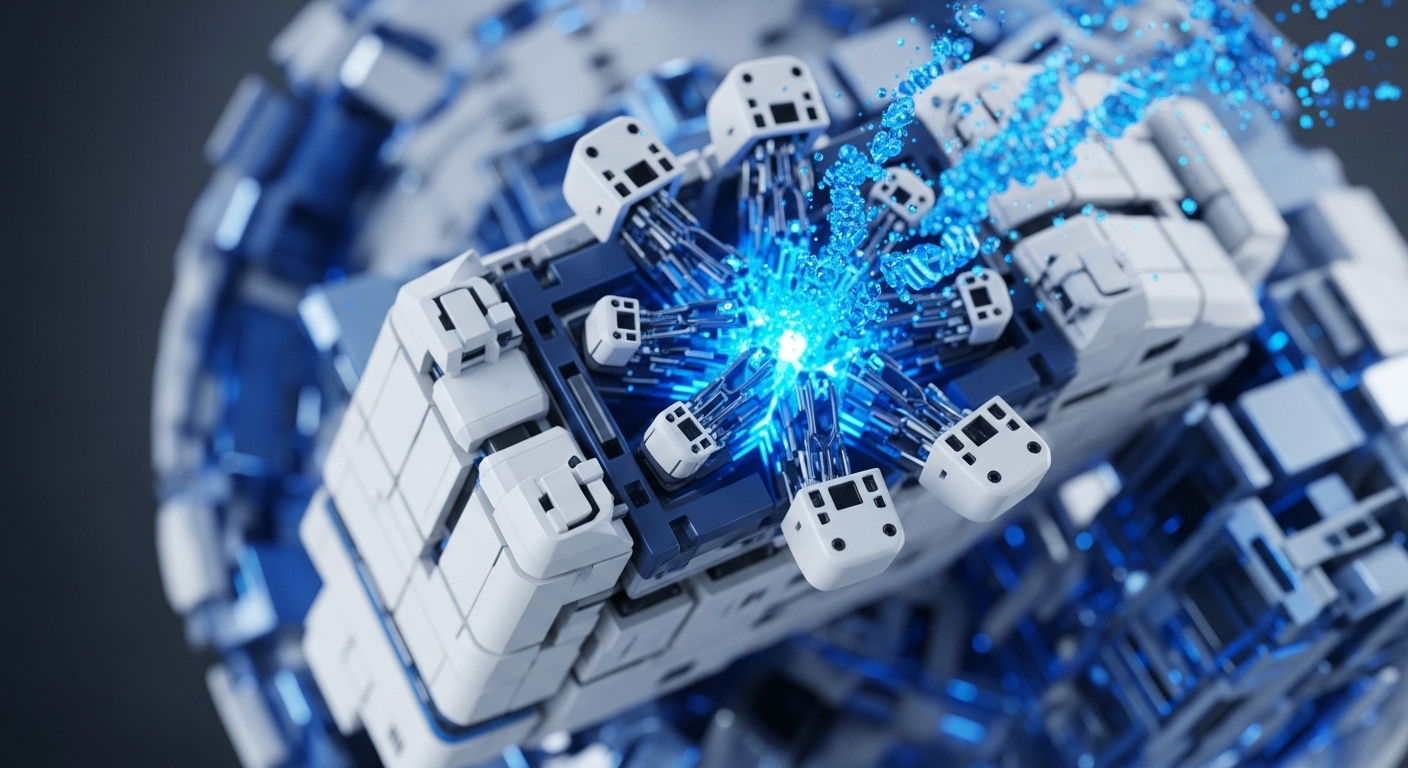
Briefing
This paper addresses the inherent limitations of traditional blockchain consensus protocols, such as Proof of Work, Proof of Stake, and Practical Byzantine Fault Tolerance, which struggle with static parameters, leading to suboptimal latency, scalability, and security under dynamic or adversarial conditions. The foundational breakthrough lies in proposing an autonomous adaptive consensus architecture that integrates Deep Neural Networks for real-time feature extraction with Deep Reinforcement Learning, specifically Deep Q-Networks and Proximal Policy Optimization, to enable dynamic validator selection and real-time adjustment of consensus difficulty. This novel approach allows the protocol to learn and adapt without human intervention, ensuring stable performance and enhanced resilience against attacks, thereby paving the way for more robust and efficient decentralized architectures.

Context
Prior to this research, established blockchain consensus protocols faced a persistent challenge ∞ their static operational parameters rendered them reactive and inefficient in dynamic network environments. These traditional mechanisms, while foundational, exhibited critical limitations in scalability, latency, computational efficiency, and resilience when confronted with real-time anomalies such as Sybil attacks, network congestion, or node failures. The prevailing theoretical limitation was the inability of these protocols to autonomously adjust their validation policies and difficulty in response to evolving network conditions, often resulting in decreased throughput and compromised security.

Analysis
The paper’s core mechanism introduces a hybrid artificial intelligence model designed to optimize blockchain consensus. This model fundamentally differs from previous approaches by integrating Deep Neural Networks (DNNs) to extract complex network state features with Deep Reinforcement Learning (DRL) algorithms, specifically Deep Q-Networks (DQN) and Proximal Policy Optimization (PPO). The DRL agent learns an optimal policy through continuous interaction with the distributed environment, enabling dynamic validator selection based on metrics such as reliability, energy efficiency, and historical behavior.
It also facilitates the real-time adjustment of consensus difficulty. This adaptive strategy allows the protocol to autonomously modify validation paths and penalize anomalous behavior, moving beyond auxiliary detection to a truly intelligent, adaptive consensus system.

Parameters
- Core Concept ∞ Adaptive Consensus Optimization
- Key Algorithms ∞ Deep Reinforcement Learning (DRL), Deep Q-Networks (DQN), Proximal Policy Optimization (PPO), Deep Neural Networks (DNNs)
- Performance Improvements ∞ 60% latency reduction (vs. PoW), 20% latency improvement (vs. PBFT), 22,000 TPS throughput, 30% reduced computational consumption, 92% attack tolerance
- Authors ∞ Villegas-Ch, W. Govea, J. Gutierrez, R.
- Publication Year ∞ 2025

Outlook
This research opens new avenues for developing self-optimizing blockchain architectures capable of operating robustly across highly variable decentralized environments. The integration of AI for dynamic consensus adjustment could unlock real-world applications within 3-5 years, including highly scalable enterprise blockchains, resilient IoT networks, and adaptive DeFi protocols that maintain performance and security even under extreme loads or sophisticated attacks. Future research will likely focus on formal verification of these AI-driven protocols, exploring multi-agent reinforcement learning in more complex adversarial settings, and developing standardized frameworks for AI-blockchain integration to accelerate adoption and ensure interoperability.
